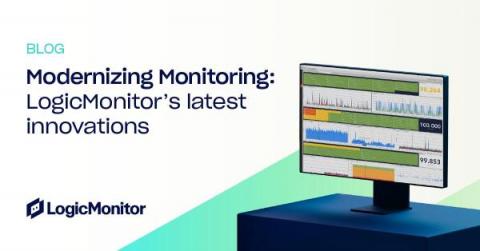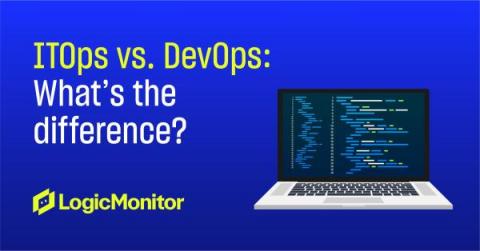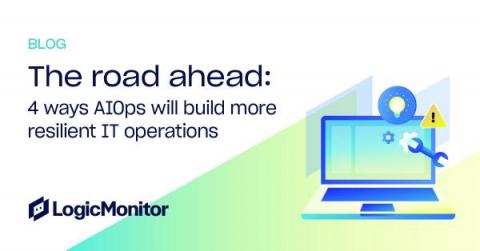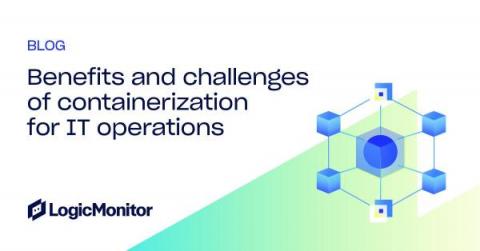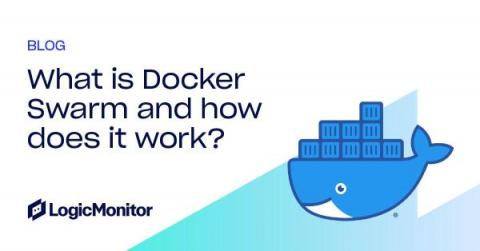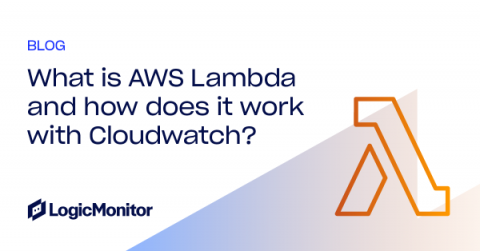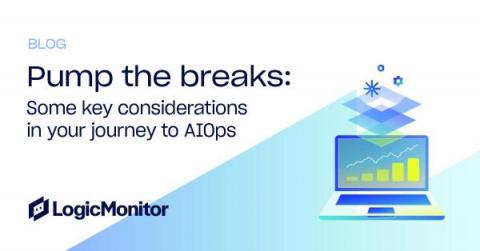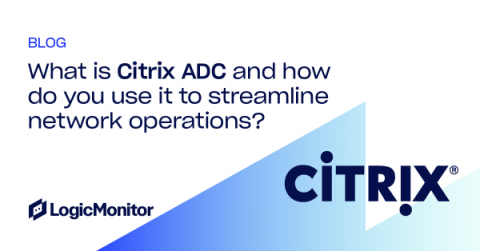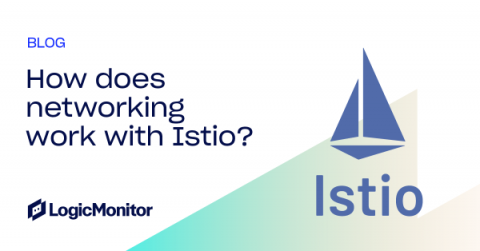Modernizing Monitoring: LogicMonitor's Latest Innovations
Christina Kosmowski, CEO of LogicMonitor, is here today to introduce the latest innovations for our quarterly Summer 2023 Launch, which is focused on extending visibility wherever your business demands through unified monitoring across your entire hybrid cloud ecosystem! How is it already August? As I look back at the intensely busy spring and summer we had here at LogicMonitor, I can’t help but romanticize the idea of journeys and road trips.


